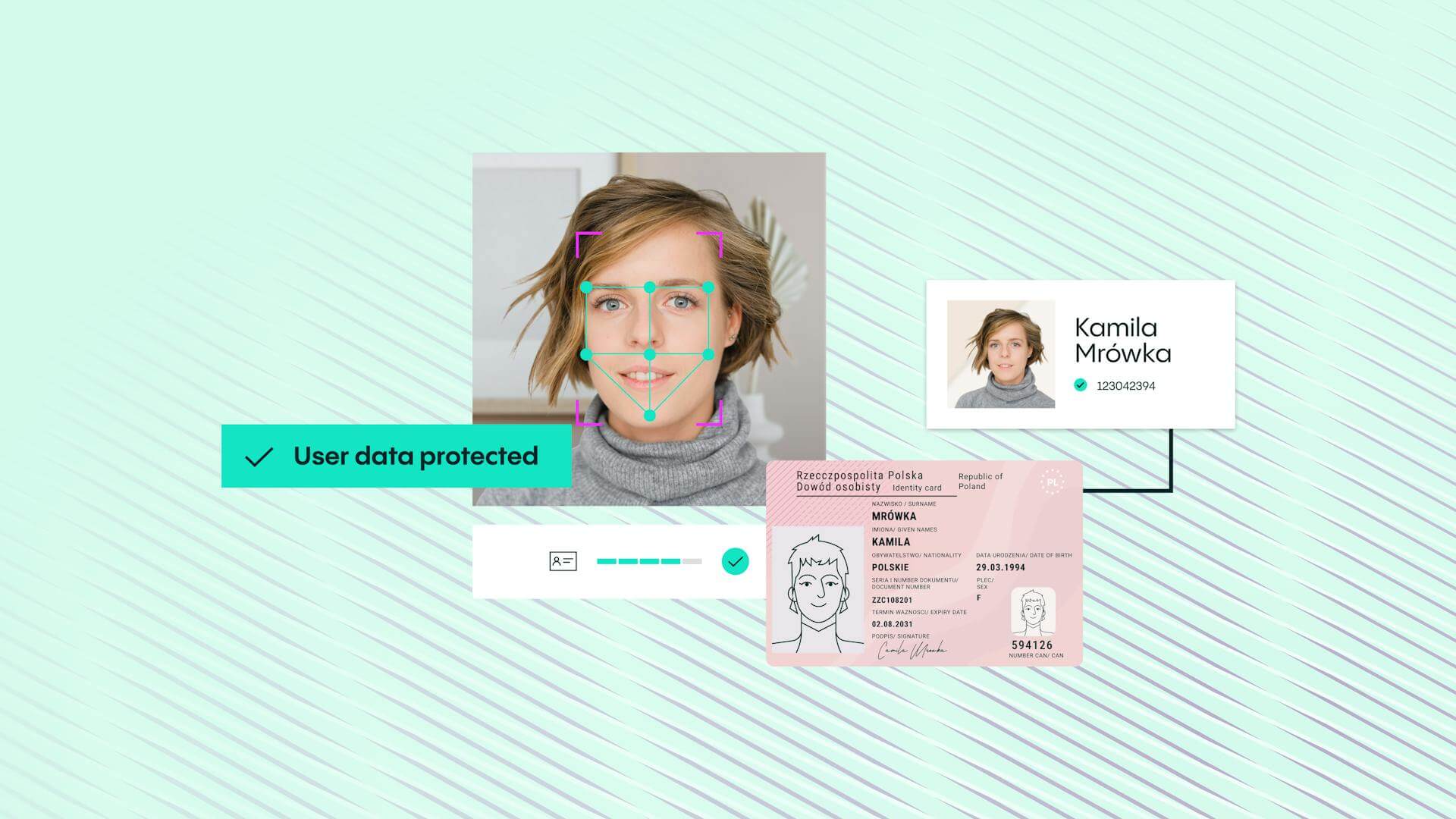Blog Post
How to protect your users’ data and assets
Your users spend a lot of time and money on your video-gaming products. So, you owe it to them to make sure their personal information, video-gaming accounts, and in-game assets are kept safely under lock and key.

With an estimated one billion people worldwide playing games over the internet, revenue in the online gaming sector is set to hit over US$26 billion in 2023. That’s good news for games providers, but it’s also good news for cybercriminals.
As online gaming increasingly becomes the norm, hacking attacks on gamers’ accounts are booming. Cybersecurity firm Akamai’s 2022 State of the Internet report found that cyberattacks on player accounts and gaming companies had risen dramatically year on year, with web application attacks up 167%.
To an attacker, gamers’ accounts are highly attractive targets for lots of reasons. They are often far less protected than bank accounts, yet they contain a wealth of value. The personal information contained in an account can be taken – this can then be used to break into other accounts such as social media or used in phishing attacks to get even more information. Debit and credit card data can be accessed and exploited. In-game currency and assets can also be stripped and sold on the dark web. Accounts can even be used to launder money.
What players are at risk?
With the proliferation of data brokerage online, there’s a wealth of information for malicious actors to exploit and a strong incentive for accounts to be taken over. Hackers can even steal the whole account, then rename it and sell it on to unscrupulous players who are prepared to pay for quick access to the in-game experience and ranking a user has spent valuable time building up.
The accounts of the 2-5% of players of most games who make up to 95% of in-app purchases are particularly valuable, with their inventories of tools, skins and character upgrades worth hundreds or even thousands of dollars. The rise of the metaverse will only make matter worse, creating a virtual frontier where assets will abound, but policing is likely to be far less in evidence.
The ongoing rise of remote onboarding
Your users’ commitment to your games is multi-faceted. The relationship is not just transactional, but also emotional, and the resources involved are not just financial but also include the time and effort a player puts into playing and mastering a title. As a game provider you benefit materially from your players’ literal and figurative investment in your products – it’s important that you therefore nurture your side of the relationship.
Unfortunately, despite the valuable assets in their charge, many platforms still rely on rudimentary password-based security. Passwords are extremely vulnerable to hackers, who can mine data brokerages for personal information often used to generate passwords or use automated tools to try thousands of configurations. Some providers use SMS-based second-factor authentication methods, but these are relatively easy to spoof and bypass.
Fast decisions
A 98% check automation rate gets customers through in about 6 seconds.
Simple experience
Real-time end user feedback and fewer steps gets 95% of users through on the first try.
Document coverage
An unmatched 12K+, and growing, government-issued IDs are covered.
More conversions
Up to 30% more customer conversions with superior accuracy and user experience.
Better fraud detection
Veriff’s data-driven fraud detection is consistent, auditable, and reliably detects fraudulent forms of identification.
Scalability embedded
Veriff’s POA can grow with your company’s needs and keep up with times of increased user demand.
Creating efficiency with IDV
A recent survey of 10,000 gamers commissioned by Kaspersky Labs found that 89% wanted developers to pay more attention to cybersecurity. Given that statistic, providers who ignore the issue are missing a trick. In a highly competitive environment, strong cybersecurity has the potential to be a major differentiator, since companies who can show they value gamers’ privacy are far more likely to keep users loyal.
As a provider, what you need is an efficient way to ensure the person logging into a gaming account is the person it belongs to and not a hacker trying to loot it. Biometric authentication employs facial recognition technology as an accurate and secure yet frictionless secondary ID check for your enrolled users. That means that even if a password is leaked or hacked, it’s not enough to gain access to a user’s account.
To learn more about how Veriff’s technology can help you protect your users’ data, assets and privacy – and solve a range of other identity-related issues – download our eBook.

Get more details
Discover more about how IDV is powering video gaming business growth and customer acquisition.














